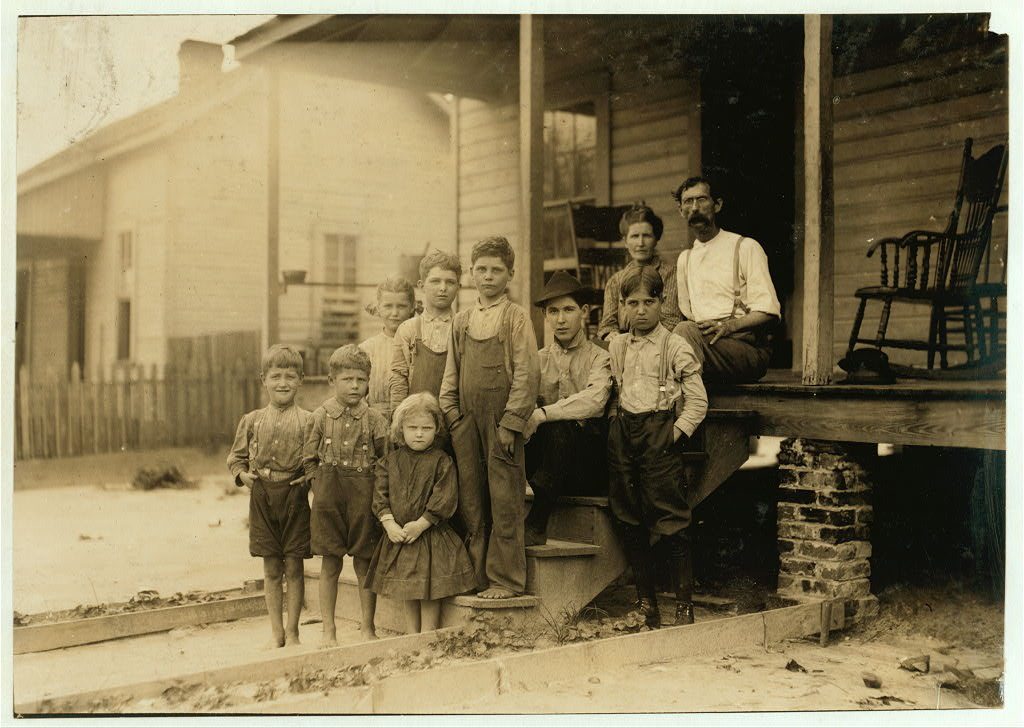The “eugenics” movement, which sought to protect and improve hereditary racial stock, was phenomenally popular in early 20th century America, and it has an important connection to today’s pro-abortion movement. Thomas C. Leonard explains eugenics in his 2016 book, Illiberal Reformers: Race, Eugenics, and American Economics in the Progressive Era:
“Eugenics” derives from the Greek for “well born” and describes the movement to improve human heredity by the social control of human breeding. The concept was ancient. Plato’s Republic asked why we breed cattle but not humans. The term was minted in 1883 by Francis Galton, a celebrated Victorian Era polymath and cousin of Charles Darwin. Galton advanced the three governing premises of any eugenic program. First, differences in human intelligence, character, and temperament were due to differences in heredity. Second, human heredity could be improved, and with reasonable dispatch. Human heredity, Galton said, was “almost as plastic as clay, under the control of the breeder’s will.”
And third, the improvement of humankind, like any kind of breeding, could not be left to happenstance. It required scientific investigation and regulation of marriage, reproduction, immigration, and labor. In other words, eugenics proposed to replace random natural selection with purposeful social selection. As Galton encapsulated it, “what nature does blindly, slowly and ruthlessly, man may do providently, quickly and kindly.”
Eugenics was popular across a wide range of political and religious persuasions, including a disheartening number of advocates out of a traditional Christian background. The eugenics movement itself took on a religious tone as its popularizers tried to convince the American people at large of the threat of racial degeneracy. Leonard notes that
Evangelizers spread the eugenics gospel far beyond the eugenics institutes and laboratories. Eugenic thinking reached deep into American popular culture, traveling through women’s magazines, the religious press, movies, and comic strips. The idea of safeguarding American hereditary, with its concomitant fear of degeneracy from within and inundation from abroad, influenced ordinary Americans far removed from the eugenics movement’s professionals and publicists.
Some Darwinian thinkers, including Charles Darwin himself, advocated more births by more people, believing that it would boost the beneficial effects of natural selection. But many believed that eugenics required the restriction of births by inferior people. This restriction could happen by sterilization (involuntary, in some cases) and birth control methods, which some like Margaret Sanger believed might include abortion in extreme cases. Most eugenicists publicly opposed abortion, however. Even Sanger regarded abortion for population control as “dangerous and vicious.” Leonard says that
Eugenics also counted many supporters on the left, from Fabian socialists like George Bernard Shaw and Sidney and Beatrice Webb to birth control advocate Margaret Sanger, who convinced skeptical eugenicists that birth control could be a valuable tool of eugenics. This was no small feat of persuasion. Many eugenicists feared unregulated birth control was dysgenic in its effects, because, as progressive sociologist Charles Horton Cooley warned, the “intelligent classes” used it, and the inferior classes did not. If the state delivered birth control to the inferior classes, Cooley noted, then contraception could indeed work eugenically.
Sanger noted elsewhere, “Those least fit to carry on the race are increasing most rapidly. The most urgent problem today is how to limit and discourage the overfertility of the mentally and physically defective.” Sanger went on to found the American Birth Control League (1921), which became the Planned Parenthood Federation of America in 1946.
American Christians have largely accepted the validity of contraception, for whatever purposes, over the past five decades. A few groups, including conservative Catholics, still see contraception as an immoral interference with God’s providential plans for life.
The big difference between the eugenics movement and today’s pro-abortion industry is that the latter now sees abortion-on-demand as the cornerstone of “birth control.” Eugenicists largely focused on preventing conception in undesirable cases. Abortionists today still affirm pre-conception birth control, of course. But they also champion the post-conception termination of an unborn child’s life as an legally inviolable option in the repertoire of birth control methods.
